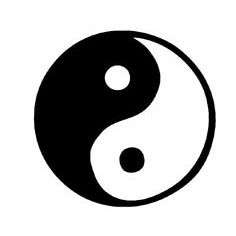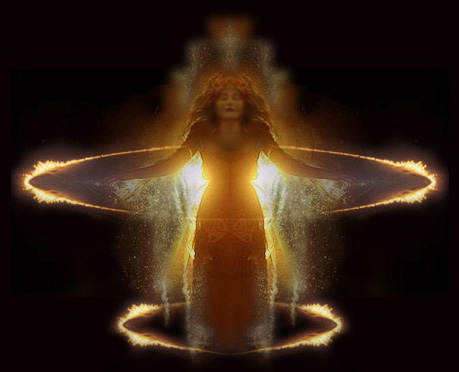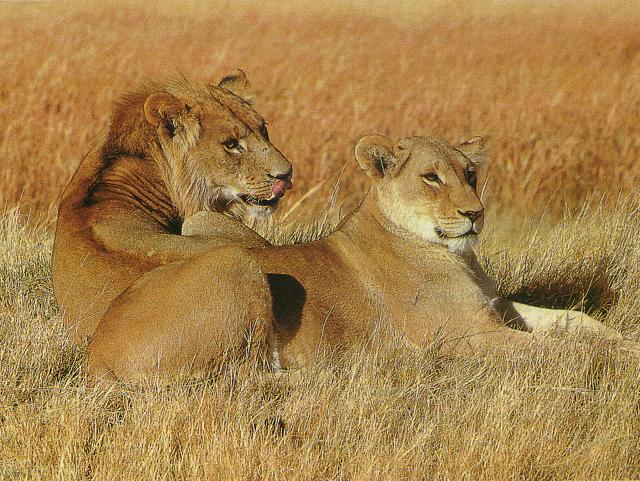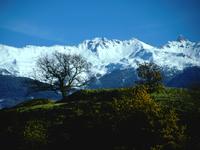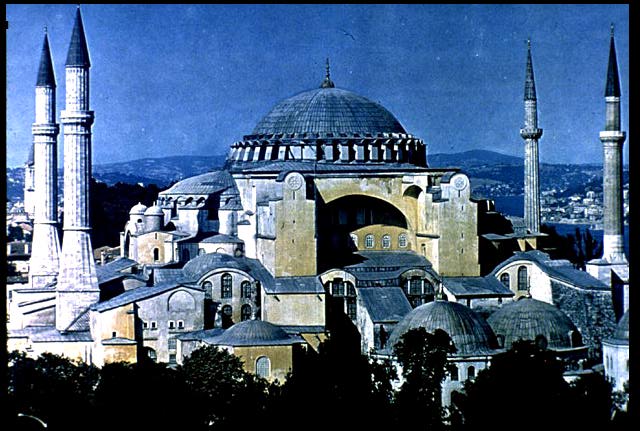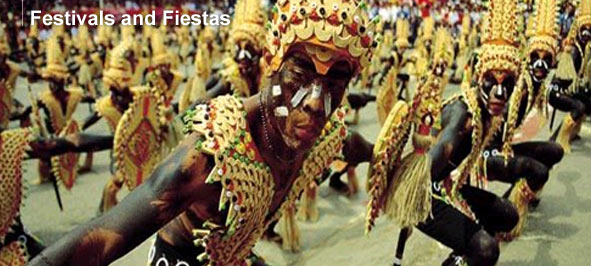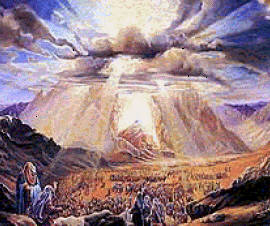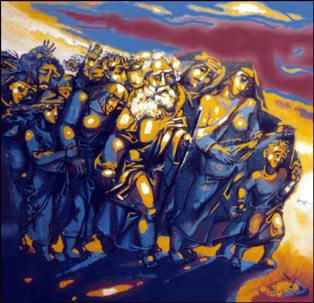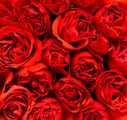Sionism
Part Three
Holy Places
Valley of the Gods
Situated in the northern Assyria, this valley is considered to be home to the gods, and thus forbiden from human settlement. All four deities are belived to reside here and from this earthly home they guide and look after the Sionists of the world.
The rare specied of lion, known as the Mesopotamian lion has one of its last habitats in this valley and thus many beliieve that the lion is a sacred chosen animal, and therefore to kill a lion is to invite your own death. It is due to this that the lion is a Assyrian national symbol.
A rare shot of a Mespotamian Lion
Niveneh, City of the Prophet
The seat of Assyrian power, Niveneh, is named after the prophet, and is considered a holy city for being founded by him. Reportedley the god's asked the prophet to construct the great city.
Niveneh today has become that great city and has a high propotion of temples throughout. The City of the Prophet is also the birthplace of Saragon the Great, conqueror of Phonecia, author of the code of laws, father of the modern Assryian nation and reportedly the greatest leader that Assyria has ever had. Indeed the God's vision for a great city of Niveneh will be complet when the Great Port is finnished.
Niveneh, City of the Prophet
Mount Sion
It is an intriguing fact that Sionism die not orginate in its current stronghold of Assyria, but in what is Judean territory, the Sinai province. This mountain once overshadowed a village by the same name, the birthplace of the Sionist creed and the Sinai peoples soon converted to the relgion, with the village becoming a de facto capital of a Sionist state.
However the Judean King was not kind to Sionism and ordered the destruction of the village, which finally was destroyed after a three year war. Thus the mass exodus began with Sionists leaving Sinai and trampling towards the promised lands of Mespotamia and their racial brothers of Assyria. Fleeing the onslaught of slavery and poverty the Sionists arrived in Assyria and within three generations Assyria had been fully converted to the faith.
A Panoramic View of Mount Sion in far Eastern Sinai
Great Domed Temple of Niveneh
This great building was constructed when Saragon the Great completed the conquest of Phonecia, at the bequest of the Assyrian people and the Holy Temples of Sionism. It is largely symbolic with its four great spires representing the four deities, and its great dome, still the largest in the known world, representing unity and equality.
It currently houses the leaders of the four deity orders (each of them gives significance to a certain deity) and the current head of Sionist creed as a whole, the High Priestess of Sion.
The Great Domed Temple of Niveneh
